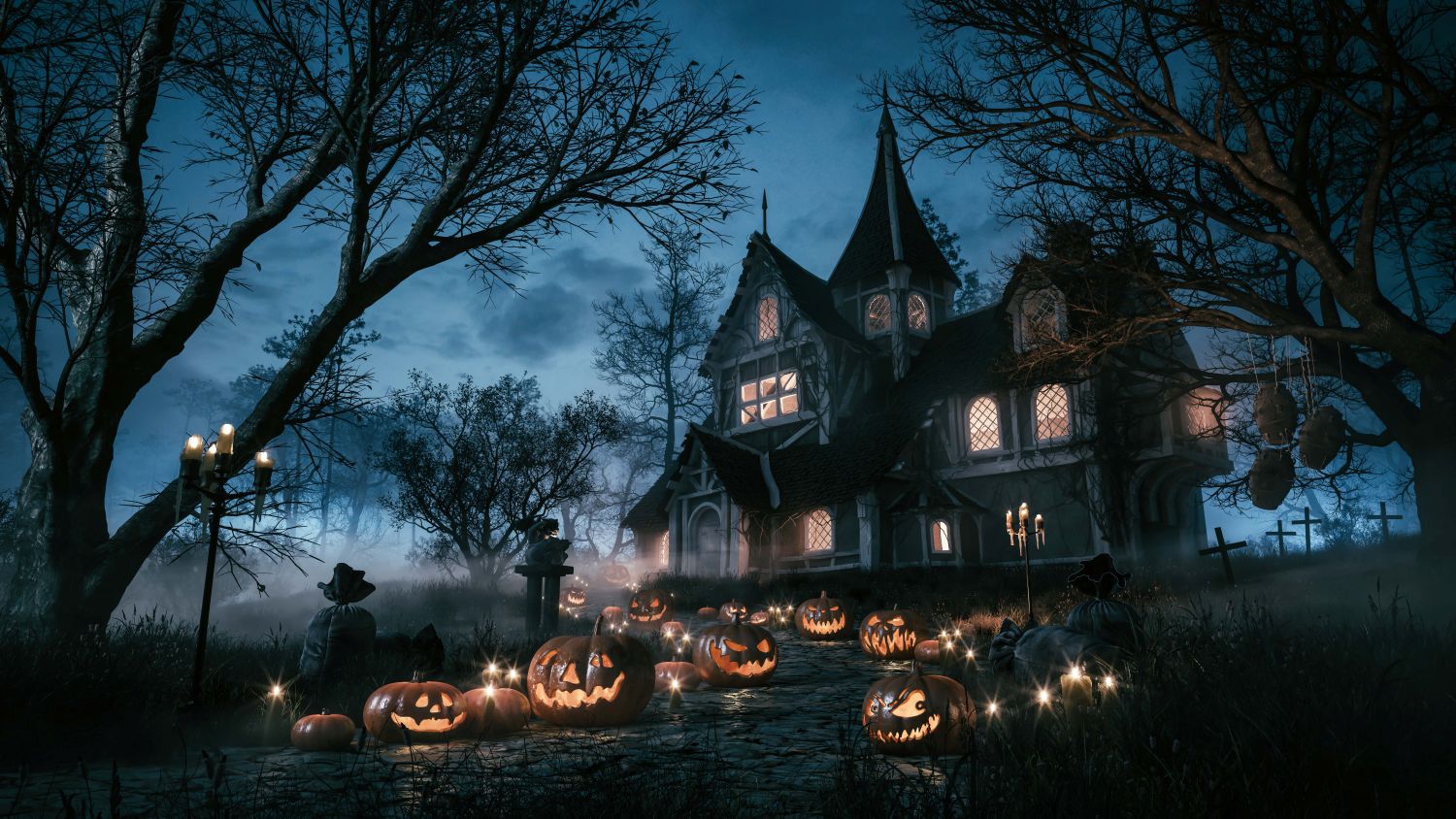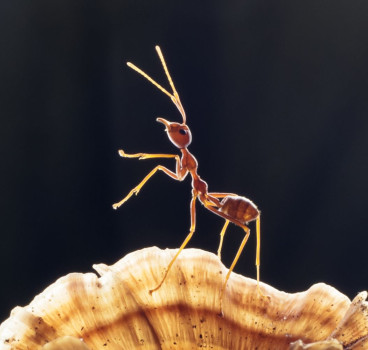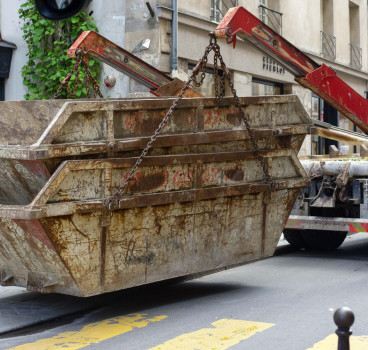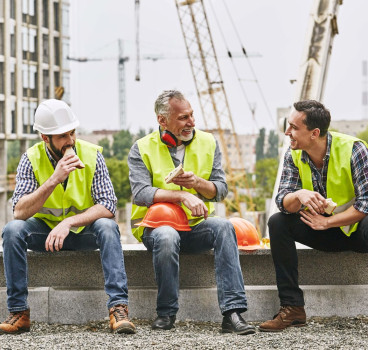Building the perfect haunted house
Creating a haunted house that is both structurally sound and bone-chillingly eerie is a unique challenge for the construction industry, with the need to blend craftsmanship with an eye for atmosphere and scares. Whether it is for a Halloween attraction or a theme park staple, building a haunted house requires meticulous planning, specialised materials and design details that enhance every eerie sound, shadow and surprise around each corner.
We thought this would be just right for our Construct IQ section. So, in this blog, we decided to explore the construction tips and tricks you need to design the ultimate haunted experience, from layout and structural elements to immersive effects and sensory details - designed to haunt visitors long after they leave.
On a serious note, a haunted house’s thrills should not come at the cost of visitor safety. The first step in constructing a haunted house is ensuring it’s structurally sound. This includes stable foundations, reinforced walls and well-marked exits in case of emergency. Building codes may vary depending on whether the haunted house is temporary, like a pop-up for Halloween, or a permanent fixture in a theme park. For example, temporary haunted houses often use modular structures or prefabricated frames, which are relatively easy to assemble and disassemble, yet sturdy enough to handle foot traffic and heavy decor.
The layout of a haunted house plays a key role in heightening anticipation and delivering well-timed scares. The best haunted houses use a mix of narrow corridors, open rooms and sudden turns to manipulate visitors’ sense of space and keep them on edge. Think of a haunted house as a guided experience where each room and hallway should lead visitors deeper into a storyline, increasing tension and uncertainty.
According to experts, the layout should also incorporate blind corners and zigzagging hallways to prevent visitors from seeing what’s ahead, forcing them to proceed with caution. Long, dark hallways or sections with uneven lighting can amplify the experience, as guests feel a mix of anticipation and dread. Additionally, consider how sound travels through the layout, as muffled noises and sudden sounds from unseen areas can add an extra layer of suspense.
Lighting is also one of the most important elements in a haunted house. Dark, dimly lit spaces make it harder for visitors to anticipate what’s next, while targeted lighting can be used to emphasise specific props, scenes, or actors. Strobe lights, coloured LED lights and shadows all create an atmosphere of disorientation and mystery.
Motion-activated lights to illuminate parts of the room or reveal figures only when guests get close, can also creat an unsettling surprise. Coloured lighting, especially reds, purples and greens, add a ghostly ambiance and can give an unearthly glow to rooms and objects. Experimenting with shadows can also enhance the setting, such as placing a light source behind a prop to cast a distorted shadow on the wall, suggesting something much larger or more sinister lurking nearby.
Engaging the senses
Sound is an often overlooked yet essential component of a haunted house. The right soundscapes can create a spine-chilling atmosphere, from faint whispers to creaky floorboards. Many haunted houses use multi-layered audio to immerse visitors fully, with subtle background sounds punctuated by loud, sudden noises for jump scares.
For the best affects, install hidden speakers throughout the haunted house to deliver both continuous background sounds and sudden, targeted noises. Use directional speakers to create localised sounds that seem to come from particular points in the room. Play with a variety of sounds – a faint child’s laughter in a nursery scene, chains dragging in a dungeon, or a distant scream – to create an unsettling environment where visitors feel like they are never alone.
Realistic props and practical effects can also make or break a haunted house. While animatronics and digital projections are popular, practical effects – from cobwebs and flickering candles to hidden fans that create sudden breezes – offer a tactile, immersive experience. The goal is to make every room look and feel authentic to its haunted theme.

To make it even more scary, consider integrating live actors in rooms where they can interact with props, such as lifting a “dead” hand from a bed to frighten visitors. Fog machines, combined with strategic lighting, can add an ethereal, dreamlike quality to rooms, while low-hanging spider webs and cobwebs (achieved with cotton batting or fishing line) create a physical sensation that can also startle guests.
Not all scares need to be intense or high-tech. Some of the most effective haunted house designs use subtle, psychological tactics to unnerve visitors. Eerie atmospheres, sudden temperature changes, or the feeling of being watched can leave a lasting impression. By layering different types of scares – from jump scares to slow-building tension – haunted house designers create a psychological experience that keeps guests on edge throughout.
Try playing for example, with temperature changes by using small, strategically placed fans or heaters. A sudden warm or cool breeze in a confined space can be unsettling. Another subtle tactic is to place mirrors or reflective surfaces to create the illusion of movement, giving visitors the eerie sensation that they’re not alone.
Encouraging exploration
Creating hidden nooks or interactive elements in a haunted house encourages visitors to explore and adds an element of discovery. Secret passages, trap doors, or hidden alcoves can elevate the experience by surprising guests with new details. This approach is especially effective in haunted houses with a storyline, as guests feel like they are uncovering clues or piecing together the mystery.
Building false walls or fake bookshelves that open to reveal hidden rooms, are a real winner. Interactive elements like “ancient” scrolls or cursed artifacts where visitors can touch add an extra layer of engagement, while props that respond to touch (like a wall panel that activates a sound or light effect) make visitors feel involved in the story.
As already mentioned, even with scares around every corner, safety is paramount in haunted house design. Construction should account for emergency exits, clear pathways and secure props. Especially in dark and disorienting environments, safety protocols like emergency lighting, signage and accessible exits are essential for guest protection.
Use glow-in-the-dark markers or subtle lighting near exit signs to make exits visible without breaking immersion. Floors should be even and stable, with any obstacles or raised platforms clearly marked or roped off to prevent trips and falls. It’s also helpful to post staff members in discreet locations to assist guests if needed.
A haunted house with a cohesive theme or storyline is often the most memorable. Whether it’s a haunted asylum, a cursed forest, or a decrepit mansion, having a unified setting enhances immersion and keeps guests engaged. The theme should influence the design choices, from architectural details to lighting and props, creating a consistent atmosphere throughout.
This is most effective when you choose a theme that lends itself to various scare tactics, such as a haunted mansion with rooms like a nursery, library and cellar, each offering a different type of scare. Story-driven props like diaries, photographs, and “historical” artifacts can reinforce the narrative, giving visitors clues to the storyline and creating a more immersive experience.
However, even if you get all of this just right, never forget that a truly terrifying haunted house requires testing. Before opening to the public, walk through each room with fresh eyes, adjusting sound levels, lighting, and timing. Many haunted houses even do dress rehearsals with actors to fine-tune jump scares and interactions, ensuring that every element is effective and safe.
Even better, do a trial run with volunteers who can provide feedback on the experience. Adjustments to lighting, sound, or even actor timing can make a significant difference. Pay attention to the pacing, as visitors often expect periods of relief before the next scare – pacing these moments can amplify the impact of the next fright.
Building the perfect haunted house is a balance of construction skill, design and psychological insight. By combining sound structure with creative elements, interactive props and atmospheric design, you can create an experience that thrills and terrifies visitors, leaving them with memories that linger long after they exit. Whether for a seasonal event or a theme park staple, a well-designed haunted house showcases the artistry and craftsmanship involved in construction, where every nail, wall and light fixture contributes to the story and the scares.
Additional Articles

What construction can learn from Ant colonies about logistics and site movement
If you want to witness flawless logistics, responsive movement and coordinated planning in action, you do not need to observe a hyper-automated warehouse or a cutting-edge construction site - you...
Read moreWhy everyone has a favourite skip and what it says about you
In construction, there are two universal truths – tea, of course, is essential and believe it or not, everyone - whether they are prepared to admit it - has a favourite skip. It may sound strange,...
Read more

The cultural significance of the bacon roll in UK construction
Walk onto any construction site in the UK at 7:30am and you’ll quickly discover that the most important piece of equipment isn’t a digger, a drill or a laser level. It’s a humble, foil-wrapped,...
Read more